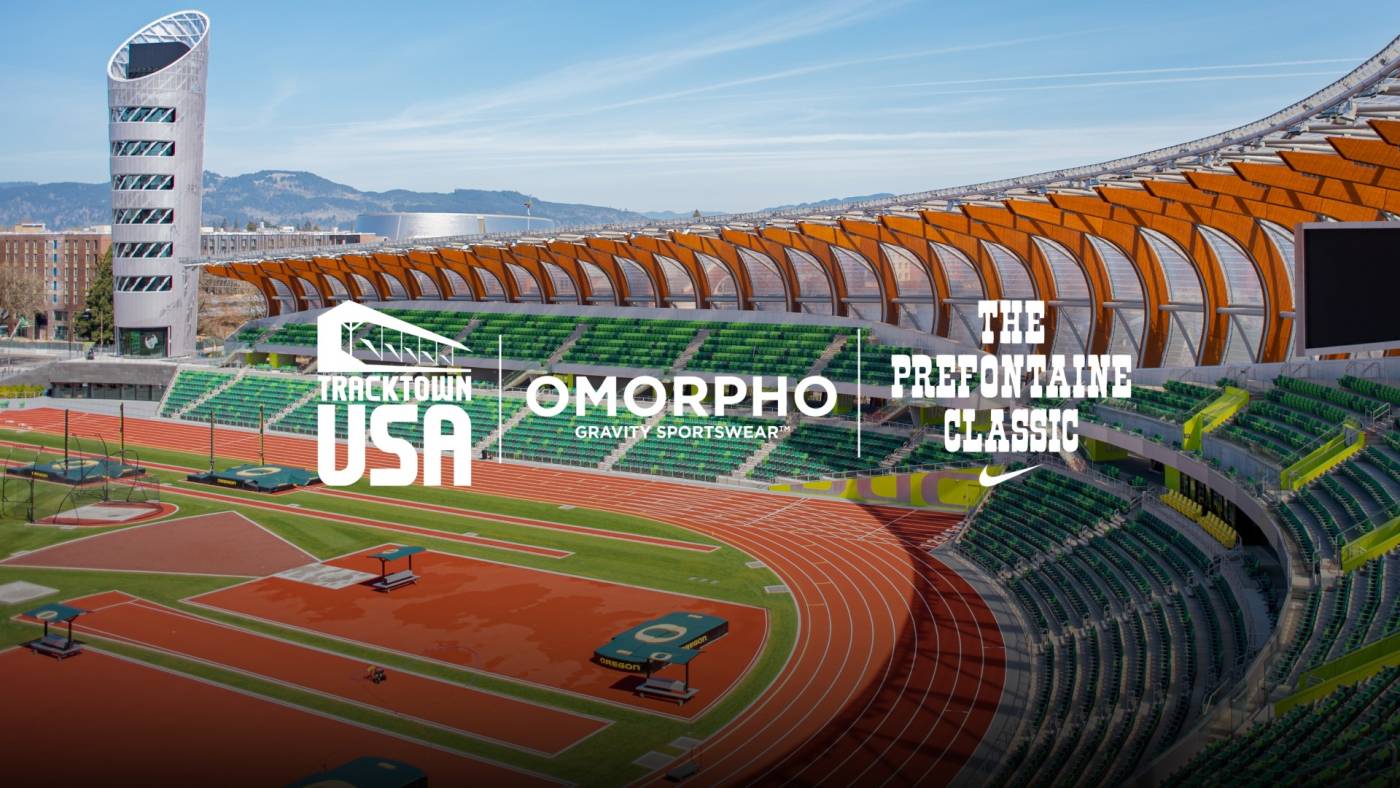In our last blog post, we highlighted the OMORPHO partnership with ALTIS, a team of coaches that work specifically with elite track athletes. I wrote about how the OMORPHO G-Vest Sport weighted vest can positively impact one of the most important skills athletes can develop - speed. To get faster, coaches focus on improving an athlete’s ability to produce short ground contact times during each foot strike. ALTIS’ Head Coach and CEO, Stu McMillan, explained that this requires the athlete to function like a stiff spring. The stiffer you are when the foot strikes the ground, the less the body will deform upon impact. This allows for quicker ground contact times and faster running.
Another thing that makes ALTIS unique is that they also specialize in coaching education. The best of the best collaborate with ALTIS to continually learn how to improve their athletes’ performance and readiness for game day. So I asked Coach Stu if he would teach us more about how he uses his OMORPHO gear to get his athletes faster. In particular, I wanted to know what he recommends for coaches working with a group of athletes.

Coach Stu’s recommendations on how to use OMORPHO to get your athletes faster:
1. Add MicroLoad™ to your warm-up.
Athletes need to be ready mentally and physically for each day’s training session. The time allocated for warm-up is invaluable. Wise coaches will use this time to strategically prepare for the upcoming physical intensity and prime specific muscle groups for the practice ahead. They will also ensure the athletes mentally transition into the training session by aligning the focus and attention needed.
Coach Stu explains more, “Implementing OMORPHO weighted tights and tops in the warm-up was the obvious starting point for me when we began our micro-loading journey. It significantly improves the warm-up quality. The apparel is comfortable, it looks great, and the athletes can’t feel the added weight until they take it off, which gives them a really nice ‘light’ feeling in the latter parts of the workout.”

2. Add MicroLoad™ to your assistance work.
Coach Stu says, “We don’t only use MicroLoad™ for the running portions of our sessions; we also like to add MicroLoad™ to some of the assistance work we do. For example, we do a lot of plyometric training, and maybe my favorite exercise to load up a little is what we call ‘skips for distance’ – where the athletes skip as powerfully as they can for each step, trying to cover up to 50m in as few steps as possible.”
The idea of adding OMORPHO's wearable resistance, aka MicroLoad™, to your assistance work is one of my favorite topics of discussion. What Coach Stu is doing is identifying the physical capacity he wants to improve with the ‘skips for distance’ then adding an overload to further emphasize the desired outcome of the plyometric training. MicroLoading is a perfect way to progressively overload the drills, skill practice, and assistance work you are already doing. It is at the essence of smart and efficient coaching - you can place an overload right where it matters, at the movement speed that matters, in the movement context that matters. This will further drive the technical and physical adaptations necessary for continued athletic improvement.
Getting More Specific With Coach Stu’s Strategy
For athletes performing plyometric training, a main desired outcome is to improve force production capabilities during the short contact time with the ground. To do this, the athlete needs to improve their ability to function like a stiff spring. (More on this topic in our last blog post.) When the foot strikes the ground, the body will want to deform under the force of the contact. But a stiff spring will show little deformation and maintain ideal form and technique. This produces quicker ground contact times and, thus, more explosive skipping, hopping, and running.
Adding MicroLoad™ increases the athlete’s body weight. Now, with every foot contact, the athlete must respond with greater force production and control to handle the increased load. The MicroLoad™ serves as a specific overload stimulus to drive the desired adaptation from the plyometric training.
An important note is that one of the primary concepts of MicroLoading is that the resistance is light. We built each item in the OMORPHO Gravity Sportswear line and the G-Vest Sport weighted vest intentionally to allow the athlete to train high-speed, explosive, and skill-specific movements with resistance. To do this, the resistance must be light, or the speed of movement will greatly change. Then the adaptations from training are much less likely to transfer to on-field or on-court performance. We must remember that strength adaptations are speed-specific, so we need to train fast to be fast.

It’s always fun learning from the best of the best. And when it comes to coaching education, we know ALTIS is right up there. I hope these recommendations from Coach Stu give you some ideas and direction as to where your athletes can benefit from MicroLoading to prep for each training session and get more out of what you are already doing.
If you’re a team coach and you haven’t seen all the collegiate and professional teams training in OMORPHO and would like additional information about how OMORPHO can help improve your athletes’ speed, strength, and overall fitness using MicroLoad™ , please reach out to a representative through our Team Sales page.




